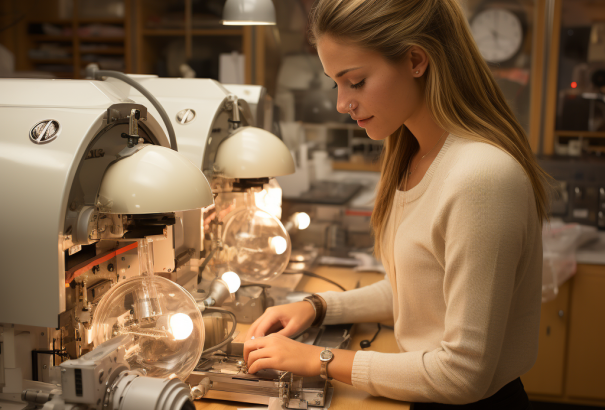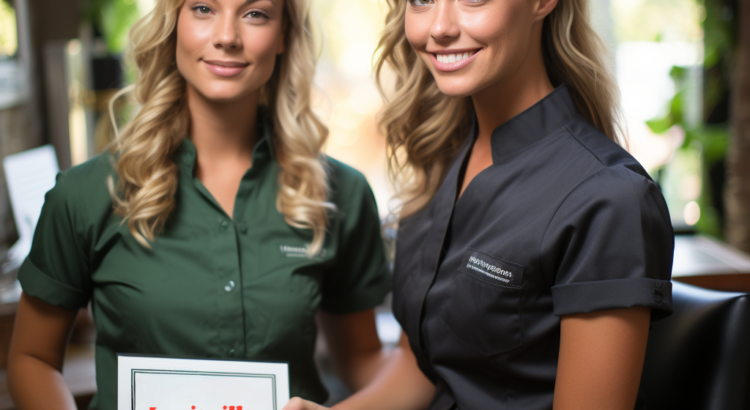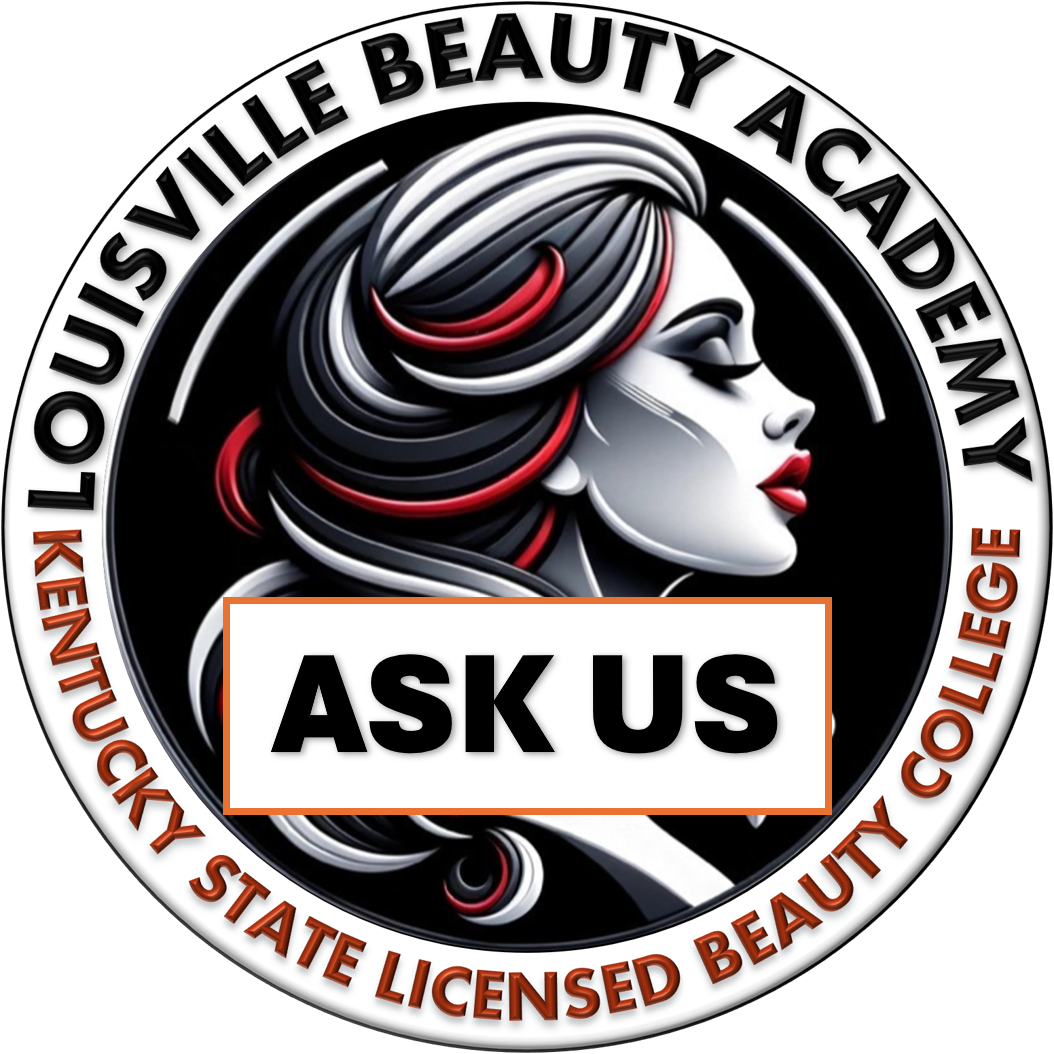In the realm of beauty and aesthetics, where precision and artistry often take center stage, Louisville Beauty Academy distinguishes itself with a unique ethos. Here, safety through sterilization isn’t just a routine—it’s foundational, even before diving into the art of technique.
The Primacy of Autoclaves
At Louisville Beauty Academy, students quickly grasp the critical importance of sterilization. One method stands out for its unmatched efficacy:
Autoclaves: The use of these pressure chambers epitomizes thoroughness in sterilization. Students are trained not only in the operation of autoclaves but also in understanding their central role in eliminating bacteria, viruses, and spores. By subjecting tools to elevated temperatures and pressures, autoclaves ensure an unparalleled level of sterility, transcending mere cleaning.
Safeguarding Sterilized Tools: Storage Protocols
Post-sterilization, the academy emphasizes the meticulousness required in storing tools. Sterilized instruments, if not stored aptly, risk recontamination. Louisville Beauty Academy ingrains in its trainees the practice of placing these tools in pristine, dry environments, preferably within sealed pouches or containers, maintaining the tool’s sterilized integrity.
Conclusion
The dedication of Louisville Beauty Academy to sterilization is unwavering. While many institutions might lead with the allure of technique, this academy recognizes that genuine beauty care is rooted in uncompromising client safety. Through an intensive focus on sterilization, the academy ensures its graduates venture into the professional realm not merely as dexterous artisans but as staunch advocates for health and safety in the beauty industry.
Disclaimer: Please be advised that while this article provides insights and information on sterilization practices at Louisville Beauty Academy, the academy also evolves and adapts rapidly in response to changes in laws and regulations. It is essential for individuals and professionals to consult and adhere to Kentucky (KY) State regulations or the regulations of your specific state regarding what is permitted and what is not in the realm of sterilization and safety practices. Always ensure compliance with the most up-to-date local guidelines and standards.







